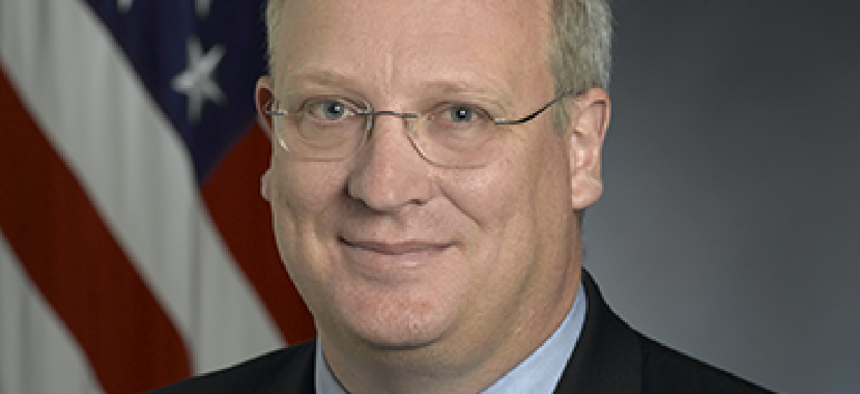Ideas for the next president

It's not too early to start thinking about how to help the upcoming administration define its priorities for improving federal IT.

Dave Wennergren, senior vice president of technology at the Professional Services Council.
Although it’s still a year away, the next presidential election will be upon us before we know it. And with so many issues needing attention, a set of recommendations on a federal technology agenda would help the next administration hit the ground running.
It’s important to see through the haze of heated rhetoric and focus on three questions:
1. What current initiatives should be continued? Too often, ongoing efforts from the prior administration languish or are discarded because they weren’t invented here.
2. What current initiatives or policies should be terminated? The road of federal IT initiatives is paved with many well-intentioned efforts at portfolio management that never actually retire legacy systems. Similarly, practices that create drag on the rapid acquisition of effective IT solutions must be discarded.
3. What new initiatives and actions should be embraced? We need to bring speed, innovation and commercial best practices to government. We can no longer afford to function in an environment in which the platforms, apps and managed services available in the commercial marketplace are not the norm in the federal government.
There is no shortage of transition studies and reports in progress around town, and the Professional Services Council is in the midst of developing its own priorities for the executive and legislative branches to help set the course for the next four years.
Here are just a few ideas I’d like to throw into the mix:
* Things to keep on the bus: The Obama administration’s push for the use of cloud computing is helping agencies move to consumption-based buying of IT solutions. Continued portfolio management efforts will be crucial to undertake IT modernization and actually retire legacy systems that are no longer secure or cost-effective so that we can stop spending 75 percent of IT budgets on sustaining the old rather than creating the new. And far too many cybersecurity mandates are still works in progress that must be completed now.
* Things to throw off the bus: Current IT acquisition practices take too long and preclude adoption of best practices. The over-reliance on lowest price technically acceptable and underuse of statements of objectives, managed services and alternative proposals must be addressed. Also in my sights are point-in-time certifications and paperwork when continuous evaluation would deliver better results.
* New activities to undertake: We need to make IT acquisition reform a reality and demand more use of Federal Acquisition Regulation Part 12, managed services and performance-based contracting. We also need a national imperative on cybersecurity that addresses liability and information sharing. Federal agencies must complete current cybersecurity efforts such as personal identity verification cards, rusted Internet onnections and Einstein, patching and encryption, and then move on to embrace new cybersecurity best practices and create a world of secure information sharing. DHS needs the authority to take action when agencies don’t meet deadlines. And we must improve the ability of government to attract and retain a tech-savvy workforce.
In "The Wisdom of Crowds," James Surowiecki noted that "diversity, independence and decentralization … improve dramatically the way organizations make decisions and think about the future." So let your voice be heard. To offer your best ideas, go to www.pscouncil.org and click on "Call for Initiatives for the Next Presidential Administration."
Together we can help the next administration encourage the government to partner with industry, rapidly adopt best practices, foster a culture of innovation and ensure that technology enables more effective mission results.
NEXT STORY: Wynn takes the CIO reins at NASA





